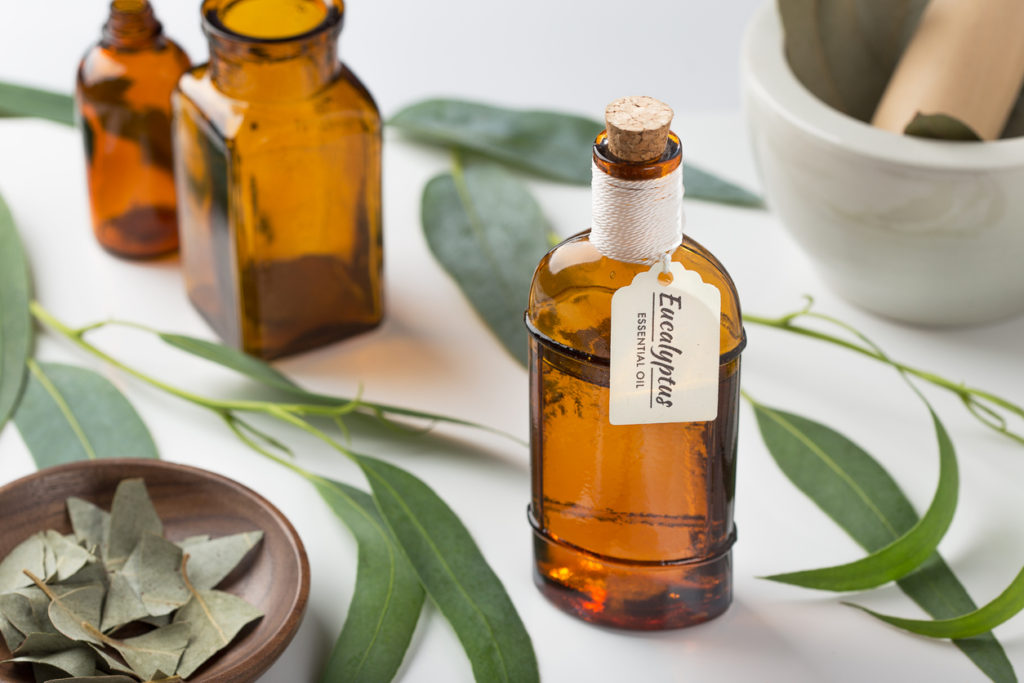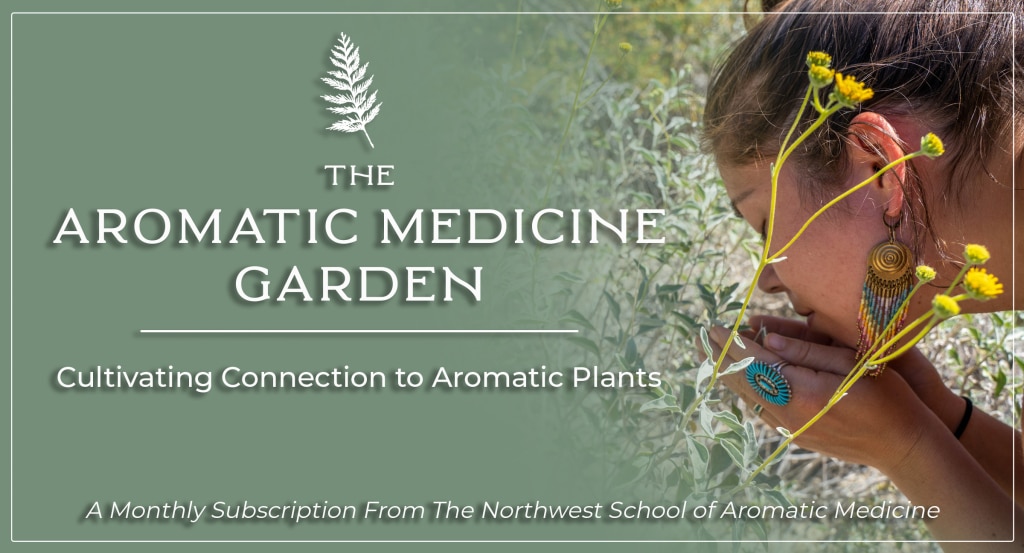
As an aromatherapist and teacher, I often get a lot of questions revolving around how to best match a person with the best possible aromatic botanical remedy for their healing. There are various methods for choosing a list of botanical candidates for this, though one aspect of the process that often gets left out that should be at the top of every aromatherapy school’s curriculum list is Fragrance Testing.
If you’ve ever played matchmaker to a friend, you likely thought very hard and carefully about who you knew that could potentially be a really good match for them, right? You definitely wouldn’t want to waste your friend’s time or cause any disharmony or let-down due to a bad choice on your part. Knowing both sides of the equation is incredibly important. You need to understand what type of person your friend is needing or wanting in their life at this time, and you need to know the other person well enough to decide if they fit the bill, or get the boot.
If someone seems like they could be in alignment with your friend’s desires and needs and they pass this first stage of screening, next comes their first date. This is where your friend’s intuition and feelings come into play. Usually, most people can decide within the first hour of being with a candidate if there is potential to be a harmonious couple together, or if they’re just not a match made in heaven. There is either a “chemistry” between them or not. Often times this feeling or knowing is instant, or felt within minutes.

This matchmaking process is very similar to the ideal method of how one should go about finding the best possible aromatic medicine for a friend or patient. Being an aromatherapist or aromatic medicine practitioner is all about matchmaking, whether you make incense for your patients or family, or use essential oils to bring balance and healing to others. And the best matchmakers in life are those who know both sides to the couple or pair they are uniting.
The missing piece in most scenarios with patients and practitioners, however, is the ‘first date’ aspect. The aromatherapist or incense maker should always allow their patient the opportunity to test out the candidates they have chosen for them before they are prescribed to them. Honestly, most folks skip this step, which is basically like having your friend move straight into a relationship without allowing them to go on a first date to feel things out! So much for taking it slow, right?
The human body is incredibly intelligent. We have miraculous onboard indication systems that can help guide us towards the most beneficial decision for us and our health. The challenge is learning to tap into these systems more fully, utilize and learn to read them correctly. Some of these built-in tools are our intuition, feelings, and, that’s right, our noses!
When you present a handful of essential oil or natural incense candidates you’ve matched for a patient’s particular imbalances or disharmony, it will usually be apparent immediately what their first impression is based on how they react to the fragrance. This is their body’s intelligence speaking directly to the aromatherapist or healer, and these reactions are the key to Fragrance Testing.
If a person is attracted to a scent, that is a good sign that aroma hold’s healing potential for them, and should definitely be considered in their treatment plan. If they are repelled by a scent, it should be avoided at that time; but possibly revisited later on, as people’s aromatic likes and dislikes are subject to change. This change is often due to the fact that as our bodies and states of health change, so do our body’s needs at any given time. So one herb may not be helpful right now, but perhaps in a few days or months someone may benefit from that herb’s medicine and may come to enjoy its fragrance.
Unlock Your Free Issue Of...
🌿 The Aromatic Medicine Garden Membership 🌿
Are you ready for a deeper, holistic dive into the world of aromatic plants? See what our membership is all about with your free sneak peek issue, including an hour-long plant talk and a 21-page plant profile pdf full of recipes and insights.

One of the biggest problems seen within herbalism and aromatherapy today is that many herbs and essential oils are prescribed to people in a very general way. A practitioner will often give a remedy that is thought to be good for A, B, or C, without looking into the unique needs of their patient, past their symptoms. A particular herb may be helpful in cases of anxiety (a symptom), but what sort of anxiety are we addressing, what are the root causes of that anxiety, and what sort of constitution does our patient have? All of this should match your remedy.
Aromatherapy and incense were never meant to be practiced with a one size-fits-all-approach. Instead, we always need to look with care at each individual case, each person’s constitution, and at the “chemistry” between a person and the candidates we choose for them. Then we must allow their body’s innate intelligence to choose the perfect match for them.
The bottom line is, we need to be an amazing matchmaker. Even with proper diagnosis of a patient, there can still a bit of a guessing game going on when choosing a remedy. Therefore allowing the body to choose the most effective remedy out of the theoretical candidates we choose is the best way to ensure the greatest match.
One of my teachers, Avraham Sand, developed his Fragrance Testing technique many years ago which has proven to be an incredible asset to countless healers and aromatherapists around the world. This method, found in Avraham's book, Mystical Aromatherapy, is all about fully trusting the sense of smell, which can be an incredibly accurate and reliable tool for the practitioner.

After proper client intake and diagnosis is performed, the first thing to do is select 4-6 essential oils or single incense herbs as potential candidates for matching your patient’s health concerns. Make sure you’re adhering to the safety guidelines around essential oil use, and note any contraindications. Use your best judgement here while also listening to your intuition about these remedies. If something is really ‘speaking’ to you loudly, try adding it to your candidates.
Next, it’s time to narrow it down. You’ll present the candidates you’ve selected to your patient. It’s important to not reveal the names of any candidates. This process must be one of the limbic brain, and of an intuitive nature, and not that of the intellect and mind. Keeping the names a secret, allow your patient to smell each essential oil or incense one at a time. You can put a single drop of essential oil on its own tissue for this, or burn a very small amount of single incense at a time. Allow a minute or two in between each test. The fragrance of coffee grounds can be inhaled through the nose to help clear and reset the sense of smell between tests.
During your testing, write down the responses each aromatic botanical triggers. If you get a thumbs up, take note. If you get a clear thumbs down, remove that botanical from the list (it’s not a match made in heaven). Rate each response from 1-10. When you’ve worked through all remedies, go ahead and retest your top rated selections for accuracy, note a 1-10 rating again, and see how they compare to each other.
If you’re creating a formula, this information can be very useful. If you have candidates that have the same rating, you will use equal parts of them in your formula. If one is higher rated, you’ll use a higher percentage. After all testing is complete, you can share your candidate names with your patient and watch their face for the common feeling of surprise. This is always fun. “Wait that was Patchouli? I thought I hated that smell...” It’s amazing how much the mind is capable of influencing our reality.
Next you’ll offer them their top rated aromatic plants in a formula, or as single remedy if that is what you’ve chosen. Remember, single plants are very powerful on their own, however, there is something mysteriously magical in the power of the formula. A special synergy happens when you get 2 or more plants together for healing. Each plays off one another, and can even strengthen each other’s therapeutic properties.
You now have the knowledge to create matches made in heaven. This is a powerful technique that can give your practice much more precision, and help your patients achieve a much greater level of healing.

Ready to dive deeper into the art of matching plants with people? We explore this and so much more inside our monthly membership, The Aromatic Medicine Garden. Click here to discover everything the membership offers—and join the waitlist to be the first to know when the doors open again!
Article by Evan Sylliaasen

Evan Sylliaasen is the founder of the Northwest School of Aromatic Medicine and Higher Mind Incense. For the past decade his incense company has been a leader in sustainability and conscious sourcing of aromatic plants. As the head instructor of his online school, he teaches aromatherapists, incense lovers, herbalists, and spiritually-minded folks the traditional art of incense crafting, incense as medicine, and the art of wild-harvesting aromatic plants responsibly.
Evan lives with his family in the foothills of the Olympic Mountains of Washington state. He channels his creative passions through writing, photography, wood working, craftsman building, and music. When he’s not working, he’s out in the garden, forest and fields, walking along rivers, beaches, or in the mountains breathing deeply.
© 2019-2021 The Northwest School of Aromatic Medicine. All rights reserved.
*The statements above have not been evaluated by the FDA. This article is not intended to diagnose, treat, cure, or prevent any disease. This article should not be taken as medical advice. Please consult your physician before you use this information for health purposes.
